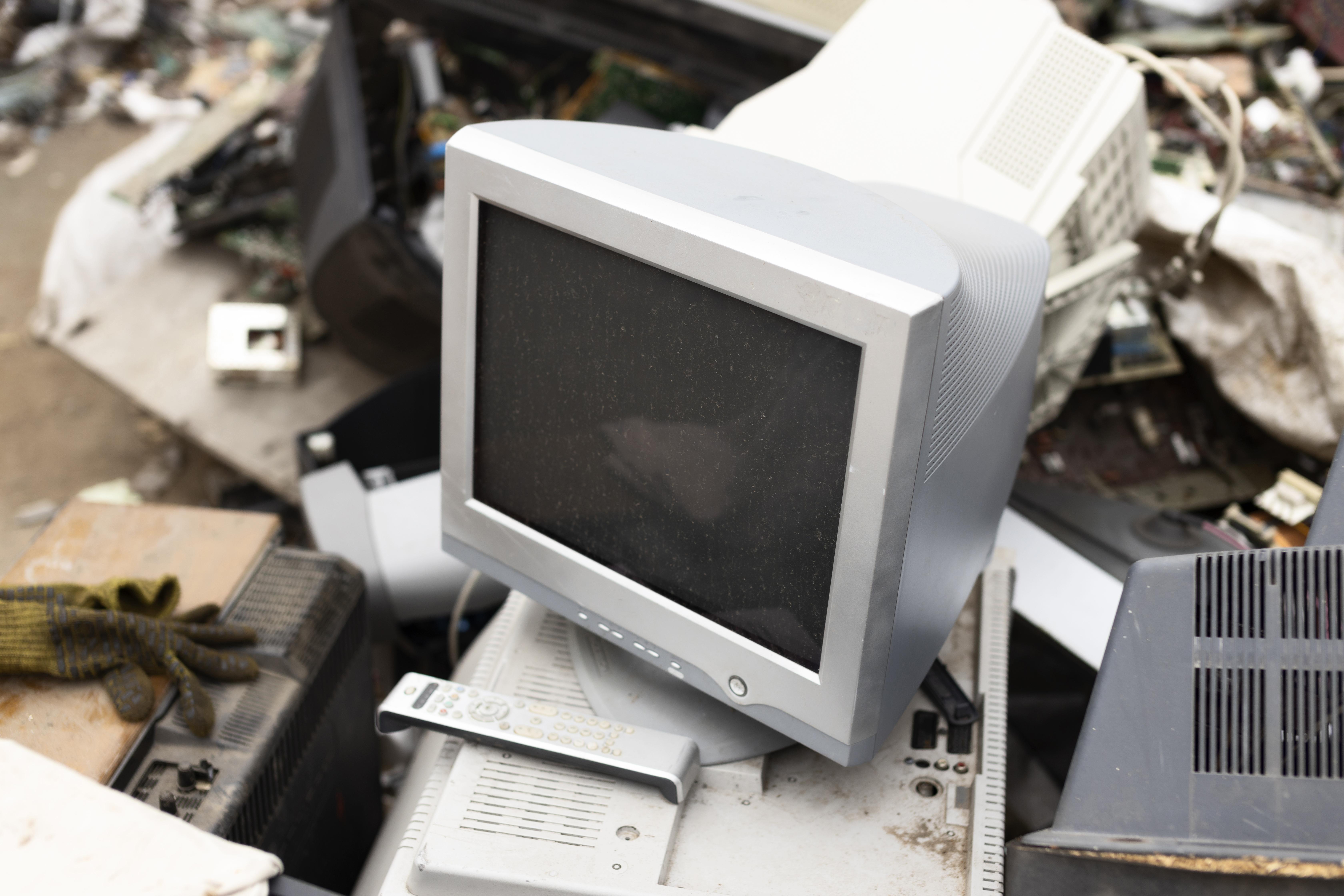From throwaway culture to circular thinking — is the tech industry finally cleaning up its act?
Take a look around. Chances are, somewhere in your home, there’s a drawer full of old gadgets: that cracked smartphone you never recycled, an unused tablet, tangled chargers, maybe even a digital camera from the 2000s. You’re not alone.
Globally, we generated over 62 million metric tons of e-waste in 2022 — and that number is climbing. The culprits? Constant product upgrades, short lifespans, and a tech industry that has long prioritized innovation over sustainability.
But in the face of mounting pressure from consumers and regulators, many tech companies are rethinking their approach. A quiet but important shift is underway — one that embraces recycling, modular design, and circular economy principles.
Let’s unpack how the industry is responding to the e-waste crisis, and what’s still standing in the way of real change.
What Is E-Waste, and Why Is It a Problem?
E-waste refers to discarded electronic products — everything from laptops and TVs to smartwatches and e-scooters. These devices often contain valuable materials like gold, copper, and rare earth elements, but they also include toxic substances like lead, mercury, and flame retardants.
When improperly disposed of, e-waste can leak toxins into soil and water, harm wildlife, and pose health risks to communities — especially in developing countries where much of this waste ends up.
Yet, only about 17% of global e-waste is formally recycled.
1. Recycling Programs: Better Than Nothing — But Not Enough
Many tech giants have launched recycling initiatives in recent years:
- Apple’s Trade-In Program lets users return old devices in exchange for credit or responsible recycling.
- Dell’s Asset Recovery Services promise secure, eco-friendly disposal of used IT equipment.
- Best Buy’s electronics recycling bins have become a staple in U.S. stores.
Some companies are even investing in robotic recycling. Apple’s disassembly robot “Daisy” can take apart 23 different iPhone models to recover reusable components like lithium and cobalt.
Pros:
- Reduces environmental harm
- Recovers valuable raw materials
- Encourages consumer participation
Cons:
- Often limited to certain regions or products
- Doesn’t address overproduction or short product life cycles
- Many devices still end up in landfills or informal recycling operations abroad
2. Modular Devices: Designed to Be Repaired, Not Replaced
A promising solution lies in modular design — the idea that tech products should be easy to take apart, upgrade, or repair.
Notable examples:
- Fairphone (Netherlands): A smartphone built from ethically sourced materials and designed so users can replace parts themselves with a screwdriver.
- Framework Laptop: A customizable laptop where everything — from memory to ports to screens — can be replaced or upgraded.
These products reflect a larger push for right-to-repair laws, which are gaining momentum globally. The EU and several U.S. states are now requiring companies to provide repair manuals, spare parts, and software updates.
Pros:
- Extends device lifespan
- Reduces raw material demand
- Empowers consumers
Cons:
- Still niche in a market dominated by sleek, sealed designs
- Often more expensive up front
- Not always embraced by mainstream manufacturers
3. The Circular Economy: Rethinking the Tech Lifecycle
Beyond recycling and repair lies a broader vision: the circular economy, where waste is designed out of the system entirely.
In a circular model:
- Devices are built to last, not to break
- Materials are reused again and again
- Business models shift from selling more products to providing longer-term value
Some companies are already experimenting:
- HP offers printer-as-a-service models where devices are leased and maintained, not sold.
- Google and Microsoft have set goals to use more recycled materials in hardware production and achieve “zero waste to landfill” operations.
- Apple claims that by 2030, all devices will be made with 100% recycled and renewable materials.
Challenges:
- Requires major changes in manufacturing and supply chains
- Not yet economically attractive at scale
- Depends on consumer demand for sustainability over convenience
What Can You Do?
While the industry shifts slowly, individual choices still matter:
- Buy less, use longer: Resist the urge to upgrade yearly.
- Recycle responsibly: Use certified e-waste recycling programs.
- Support repairable tech: Choose brands that offer spare parts and repair guides.
- Ask questions: Pressure companies to be transparent about their materials, recycling efforts, and carbon footprints.
Final Thoughts: A Long Road Ahead
The e-waste crisis didn’t happen overnight, and it won’t be solved quickly. But there is reason for cautious optimism. For the first time, some of the world’s biggest tech players are treating sustainability not just as a PR tool — but as a design principle.
The shift toward a repairable, reusable, and regenerative tech future is underway. Whether it becomes the norm depends on bold action, smart regulation, and consumers who care not just about speed and specs, but about impact, too.
The question is no longer whether we can make better devices — but whether we can make devices that make the world better.





